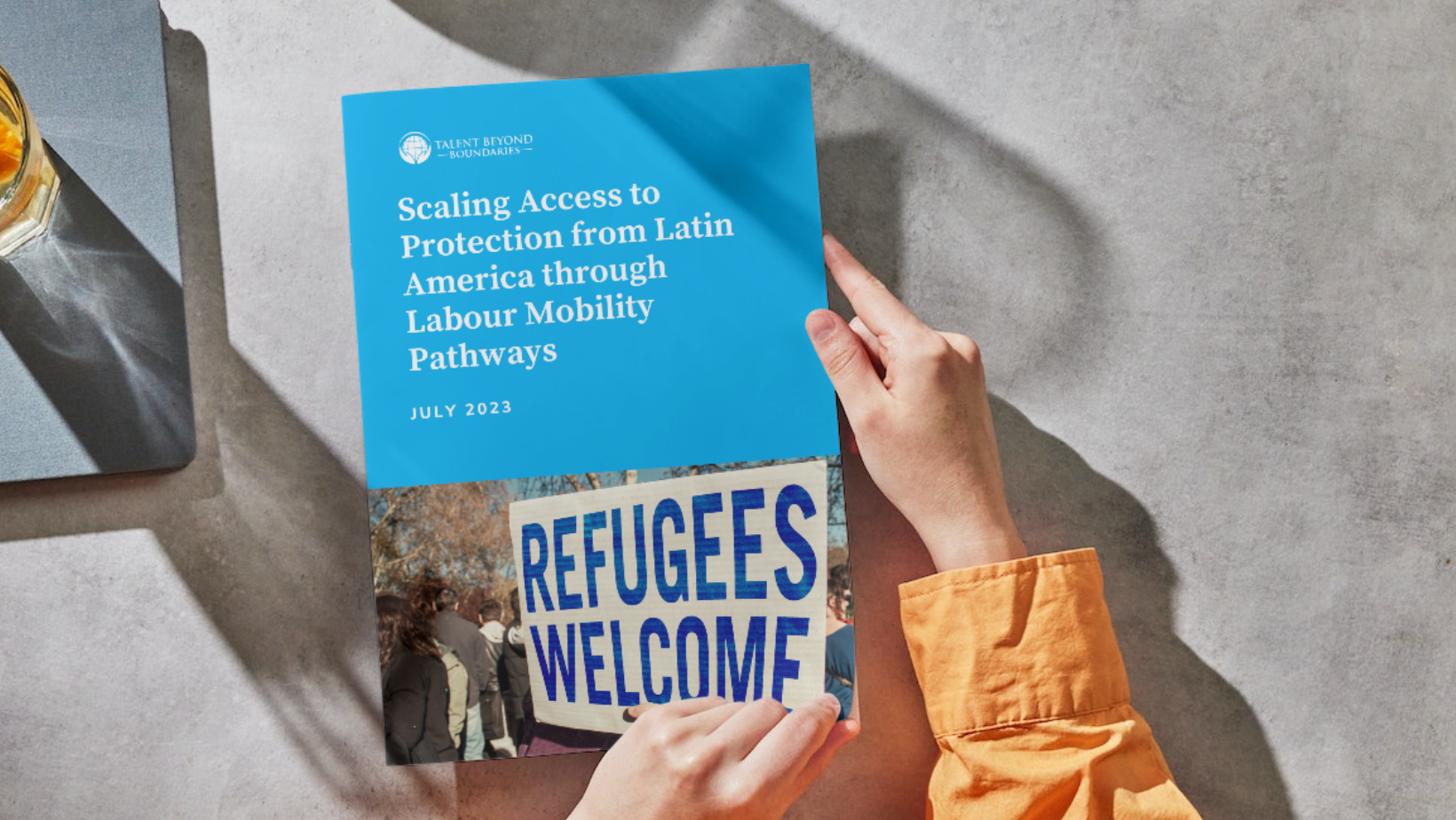A Blueprint to Expand Labour Mobility Pathways in Latin America
Latin America hosts over 18 million displaced people, about one fifth of the world’s displaced population.
For many of these individuals, an opportunity to move to other countries for work would allow them to significantly improve their livelihoods, boost their income, and support their communities in the region.
And yet, there are many challenges displaced people face in accessing labour mobility pathways. Many of the pathways that operate at scale are temporary and seasonal visas, which can carry risks of exploitative recruitment practices and poor, often dangerous, working conditions. These pathways are generally not suitable for refugees, asylum-seekers, and other forcibly displaced people due to the fact that they are only short-term in nature.
In our latest white paper — Scaling Access to Protection from Latin America through Labour Mobility Pathways — we provide a blueprint for how to promote and expand labour mobility opportunities for people living in, and displaced from, Latin America. With a particular focus on people from Colombia, Cuba, El Salvador, Haiti, Honduras, Nicaragua, and Venezuela, this document is a road map for how governments, civil society, and the private sector can coordinate to improve and expand immigration pathways across the region.
We recommend:
Increased coordination among the United States, Canadian, and Spanish governments and relevant non-state actors to identify candidates and their existing skills and professional experience;
Improved and expanded immigration pathways to include opportunities for durable status across wage levels, while also addressing exploitative recruitment practices and working conditions;
Governments, employers, and civil society to build financing mechanisms for applicants’ immigration, travel, and integration costs.

